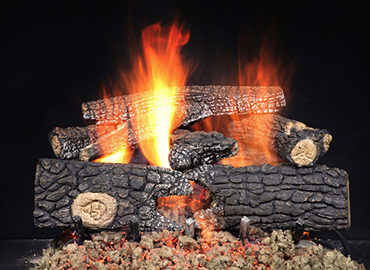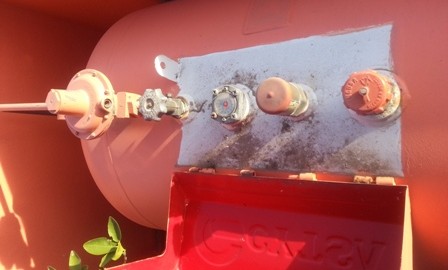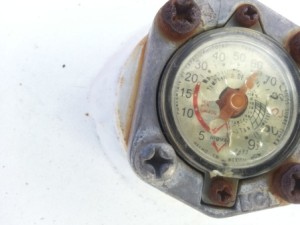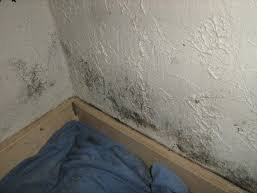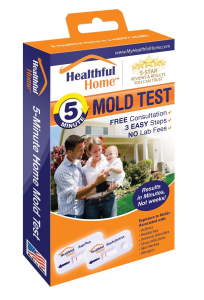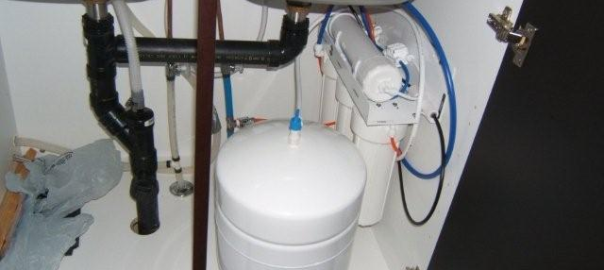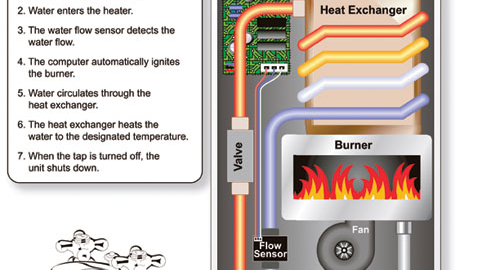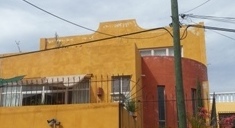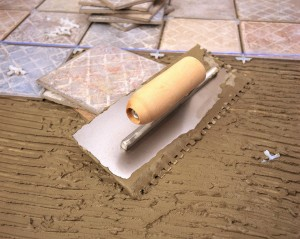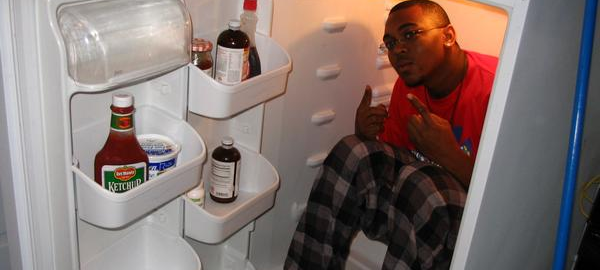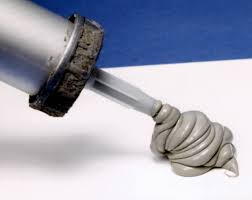Keeping water outside the house, preventing it from coming in through the roof, walls, floors, doors and windows can be a challenge when you have the kind of hard rains we have here in San Miguel. Many homes do not use thresholds and weather-stripping at the doors so windblown rain can really come in fast.
MOISTURE IN THE WALLS
More frustrating is the infiltration of moisture through walls, ceilings and floors. The problem is finding the source of moisture which may not be on your property. The water can be traveling through the soil or through other house walls for very long distances. The only protection you have is to put waterproofing coatings on the outside of your foundations, floors and walls. If you have buildings up against your walls then generally you are stuck with the problem unless you can excavate on both sides of the wall and foundation and this is most often not possible. There are some coatings that can go on the inside of the walls and floors, there are French drains and vent holes that can be added but all of these options are almost never 100 percent effective and the moisture usually returns at the same spot or someplace nearby as the moisture finds the easiest path to escape.
Despite these well known infiltration problems, builders and architects continue to build foundations and stem walls without proper damp proofing (or none at all). If you already own a home and there is an empty lot or a garden next to your exterior walls, before the access is permanently blocked, put on a waterproofing membrane (better than a coating) and install French drains if you can slope the drain to daylight (if not, all you are doing is creating an underground pond for water to collect and eventually enter your house). Many architects and builders need better specifications and installation practices. Asphalt/bitumen based “roof coating” rolled or brushed on is helpful but the current standard (of course I am talking about the U.S.) is a membrane that combines these materials with polymers in a tuff sheet sold in rolls that can be torched on or self adhered. Bitumen or asphalt based brush on coatings (impermeabilizantes) are better than nothing but if you can access the lower walls and foundations then I recommend spending the money to install a membrane. As coatings get more sophisticated (polyurethanes etc) they become more effective. Wikipedia has a decent discussion of “waterproofing” and “dampproofing” that is helpful.
EXISTING HOMES
DOORS AND WINDOWS
I came home one night to my recently rented house during a hard rain and found a cascade coming down the stairs. The wind direction was just right to maximize the amount of rain getting in under the unprotected terrace doors and the terrace drain was partially blocked by leaves and debris. So we adapted the door sweeps which stopped the main flow but we still need a towel on the floor during certain storms. Good thing we have Saltillo tile floors.
First, if it isn’t too late, put in thresholds on the unprotected exterior doors, the ones that are not under a portal (yes, I know this changes the “feel” of how the indoor and outdoor space flows). Next, add door sweeps with flexible weather stripping on the bottom to minimize water infiltration. Some rain will still get in if you have French doors. In a perfect world, French doors belong under protective overhangs and portals.
UNFINISHED SIDE WALLS
Second, are the sides and back of your house plastered or raw brick ? It is common here to wait for your neighbor to finish their house and cover up the unfinished sides of your home. This is one of my “pet peeves” about builders and developers here in San Miguel. If you cannot afford it then okay, you have to wait. But if you can you should at least plaster one coat and throw on a coat of paint that matches your other elevations. If you don’t, hard rains may enter and damage the plaster and paint on the inside of those walls. Here is an unfinished wall with no moisture problems inside perhaps because it faces east. The other west wall had to be plastered to stop the moisture damage. Note the white paint could have been tinted to be more like the house. It was a pretty quick fix. Note the white efflorescing below the parapets. More on that in another post.
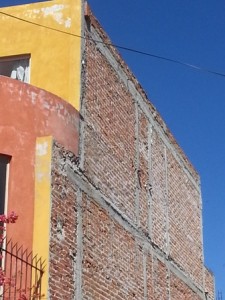
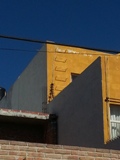
HEALTH CONCERNS
Moisture in walls grows mold. I have done many mold inspections in San Miguel and in the U.S. I have yet to find dangerous black mold (stachyboris) and asperguilias here in San Miguel. But as I learned from clients here, any mold can be harmful to a person with sensitivities, allergies or with compromised immune systems. See more in the “harmful mold” post http://smahomeinspections.com/blog/2016/03/17/do-you-have-dangerous-mold/ .
